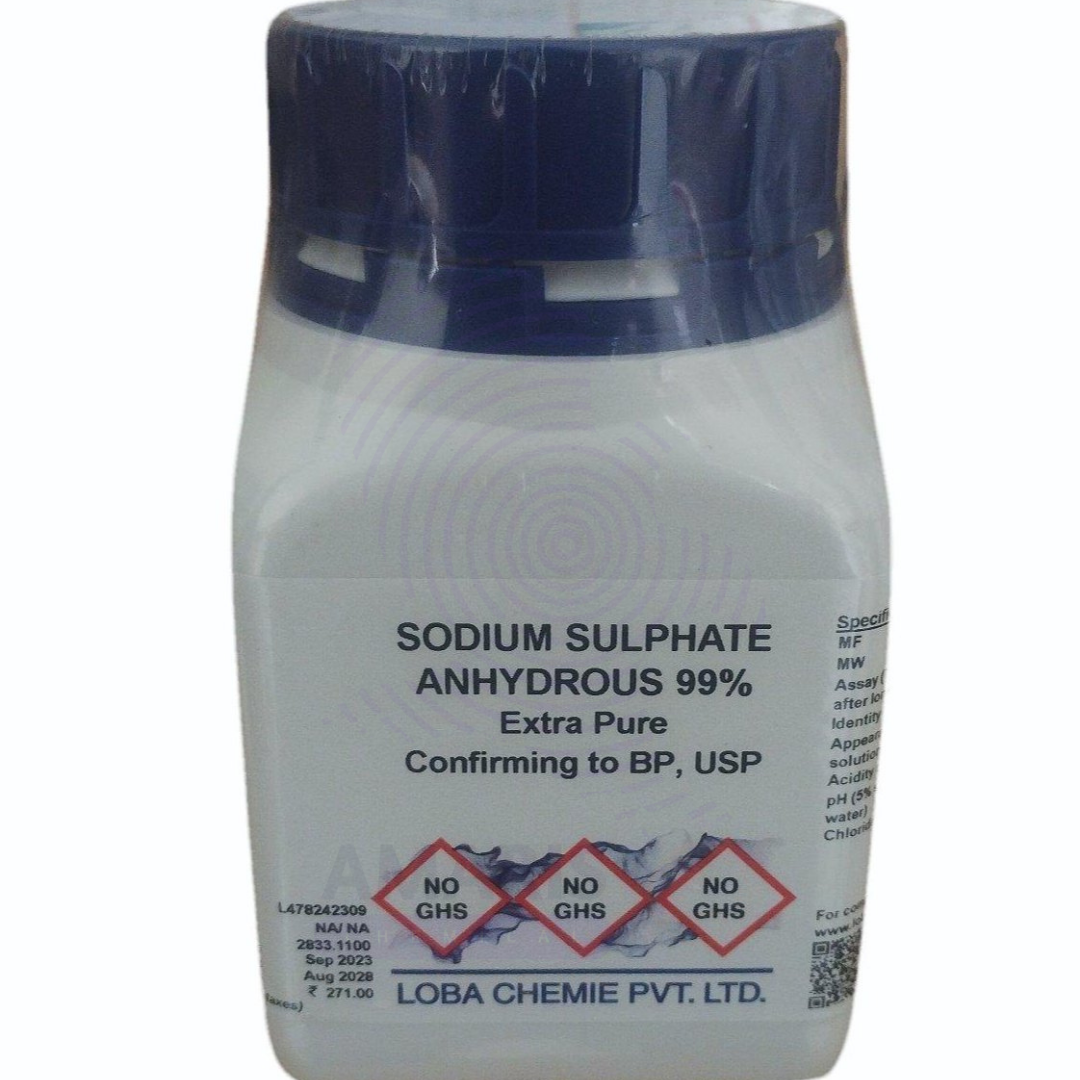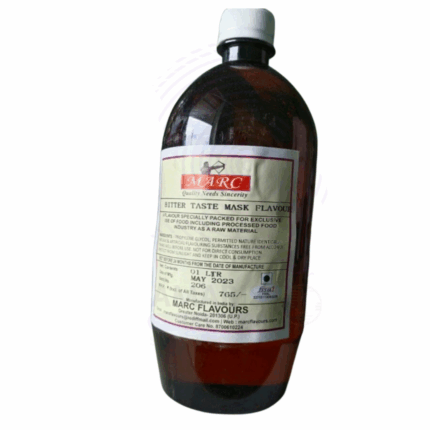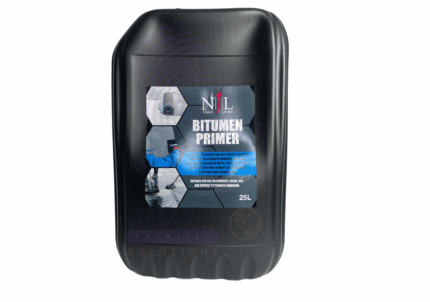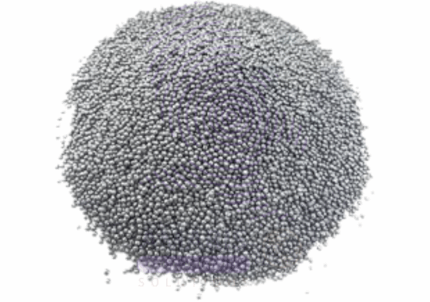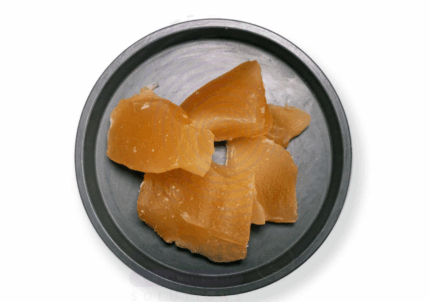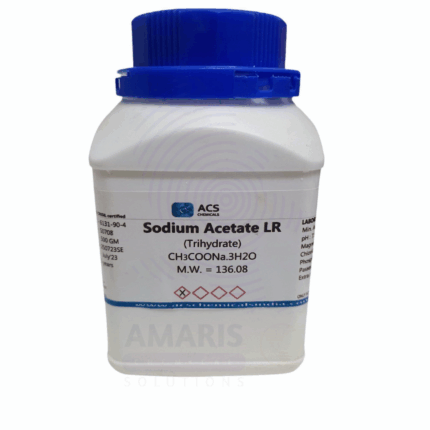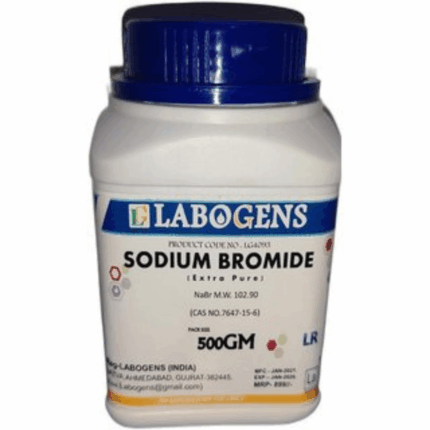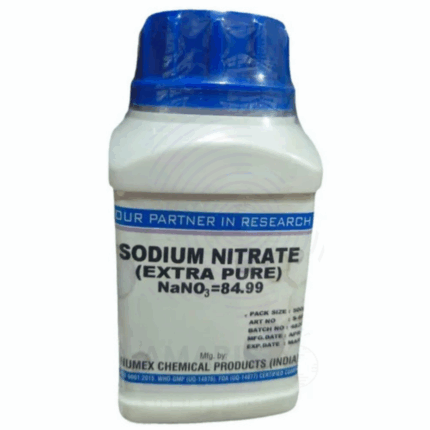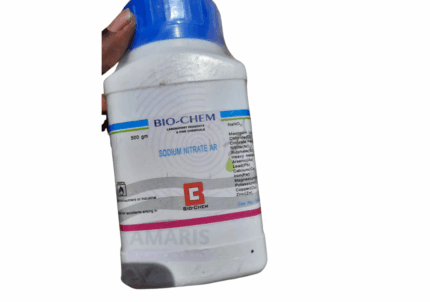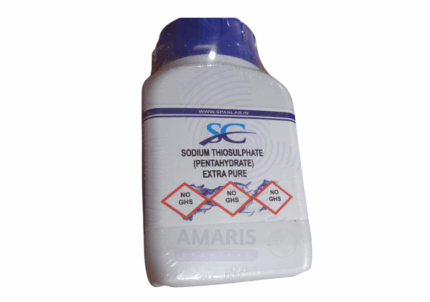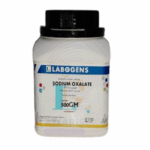
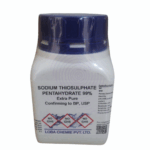
Sodium Sulphate Anhydrous Extra Pure
$ 19.65 Original price was: $ 19.65.$ 19.56Current price is: $ 19.56.
Sodium Sulphate Anhydrous Extra Pure is a high-purity, white, odorless crystalline powder widely used in laboratories and industry as a drying agent, filler, and reagent. It plays a vital role in chemical manufacturing, including detergents, glass, and paper production. Its non-toxic nature and stable chemical properties make it suitable for pharmaceutical formulations and food processing under controlled conditions. Sodium Sulphate Anhydrous Extra Pure must be stored in a dry environment to maintain its quality and handled with proper protective equipment to avoid dust inhalation.
Sodium Sulphate Anhydrous Extra Pure
PRIMARY USES
- Analytical Reagent & Laboratory Applications:
Used as a drying agent for liquids and gases due to its strong affinity for water
• Employed in gravimetric analysis to precipitate barium sulfate
• Used as a filler or diluent in various laboratory formulations - Chemical Manufacturing:
Important raw material in the manufacture of detergents and soaps
• Used in the production of glass, paper, and textiles
• Acts as a bulking agent in various industrial processes - Pharmaceutical Industry:
Used as an excipient and filler in drug formulations
SECONDARY USES
- Food Industry:
Used in food processing as an additive and processing aid under strict regulation - Textile Industry:
Used in dyeing and finishing processes to improve fabric quality
1. Basic Identification Attributes
- Chemical Name: Sodium Sulphate Anhydrous
• CAS Number: 7757-82-6
• HS Code: 2833.11.00
• Molecular Formula: Na₂SO₄
• Synonyms:
- Sulfuric acid disodium salt
- Glauber's salt (when hydrated)
2. Physical & Chemical Properties
Physical State: Solid, crystalline powder or granular
• Color & Odor: White, odorless
• Melting Point: 884 °C
• Boiling Point: Decomposes before boiling
• Density: 2.66 g/cm³
• Solubility:
- Soluble in water (~19.5 g/100 mL at 20 °C)
- Insoluble in ethanol and ether
• pH Level: Neutral in aqueous solution
• Vapor Pressure: Negligible
• Flash Point: Non-flammable
3. Safety & Hazard Attributes
Hazard Class (GHS Classification):
- Generally considered non-hazardous
• NFPA Ratings: - Health: 1
- Flammability: 0
- Reactivity: 0
• Exposure Limits: - No specific OSHA PEL or ACGIH TLV
• Reactivity: - Stable under normal conditions
- Incompatible with strong acids
4. Storage & Handling Attributes
Storage Conditions:
- Store in a dry, cool, well-ventilated area
- Keep container tightly closed to avoid moisture absorption
• Incompatible Materials: - Strong acids
• Container Type: - Plastic or sealed metal drums
• Shelf Life: - Stable if stored dry and sealed
• Special Handling Requirements: - Use gloves and safety goggles
- Avoid inhaling dust
5. Regulatory & Compliance Attributes
Regulatory Status:
- Approved for food, pharmaceutical, and laboratory use (FCC, USP)
- Listed under REACH, OSHA, and EPA inventories
• Transportation Restrictions: - Not classified as hazardous for transport
• Waste Disposal Method: - Dispose in accordance with local environmental regulations
6. Environmental & Health Impact
Ecotoxicity:
- Low toxicity to aquatic life
• Persistence in Environment: - Dissolves and disperses readily in water
• Carcinogenicity/Mutagenicity: - Not classified as carcinogenic or mutagenic
• Biodegradability: - Inorganic salt; not biodegradable but environmentally benign
SAFETY PRECAUTIONS
Personal Protective Equipment (PPE):
• Wear chemical-resistant gloves
• Use safety goggles or face shield
• Wear protective clothing
• Use dust mask if powder is handled
Handling:
• Handle in well-ventilated area
• Avoid inhalation of dust and contact with skin or eyes
• Wash hands after handling
Storage:
• Store in tightly sealed containers
• Keep away from moisture and incompatible materials such as acids
FIRST AID MEASURES
Inhalation:
• Move to fresh air immediately
• Seek medical attention if respiratory irritation develops
Skin Contact:
• Wash skin with soap and water
• Remove contaminated clothing
• Seek medical advice if irritation occurs
Eye Contact:
• Rinse eyes thoroughly with water for at least 15 minutes
• Seek medical attention if irritation persists
Ingestion:
• Rinse mouth with water
• Seek medical attention if symptoms appear
FIRE FIGHTING MEASURES
Flammability:
• Non-flammable solid
Extinguishing Media:
• Use water spray, foam, dry chemical, or CO₂ extinguisher
Hazardous Combustion Products:
• May release sulfur oxides if heated strongly
Firefighter Protection:
• Wear full protective gear and self-contained breathing apparatus (SCBA)


 Preservatives(food)
Preservatives(food) Flavor Enhancers
Flavor Enhancers Acidulants
Acidulants Sweeteners
Sweeteners Antioxidants
Antioxidants Colorants(food)
Colorants(food) Nutraceutical Ingredients (food)
Nutraceutical Ingredients (food) Nutrient Supplements
Nutrient Supplements Emulsifiers
Emulsifiers
 Collectors
Collectors Dust Suppressants
Dust Suppressants Explosives and Blasting Agents
Explosives and Blasting Agents Flocculants and Coagulants
Flocculants and Coagulants Frothers
Frothers Leaching Agents
Leaching Agents pH Modifiers
pH Modifiers Precious Metal Extraction Agents
Precious Metal Extraction Agents
 Antioxidants(plastic)
Antioxidants(plastic) Colorants (Pigments, Dyes)
Colorants (Pigments, Dyes) Fillers and Reinforcements
Fillers and Reinforcements Flame Retardants
Flame Retardants Monomers
Monomers Plasticizers
Plasticizers Polymerization Initiators
Polymerization Initiators Stabilizers (UV, Heat)
Stabilizers (UV, Heat)
 Antifoaming Agents
Antifoaming Agents Chelating Agents
Chelating Agents Coagulants and Flocculants
Coagulants and Flocculants Corrosion Inhibitors
Corrosion Inhibitors Disinfectants and Biocides
Disinfectants and Biocides Oxidizing Agents
Oxidizing Agents pH Adjusters
pH Adjusters Scale Inhibitors( water)
Scale Inhibitors( water)
 Antioxidants(cosmetic)
Antioxidants(cosmetic) Emollients
Emollients Fragrances and Essential Oils
Fragrances and Essential Oils Humectants
Humectants Preservatives
Preservatives Surfactants(cosmetic)
Surfactants(cosmetic) Thickeners
Thickeners UV Filters
UV Filters
 Fertilizers
Fertilizers Soil Conditioners
Soil Conditioners Plant Growth Regulators
Plant Growth Regulators Animal Feed Additives
Animal Feed Additives Biostimulants
Biostimulants Pesticides (Herbicides, Insecticides, Fungicides)
Pesticides (Herbicides, Insecticides, Fungicides)
 Active Pharmaceutical Ingredients (APIs)
Active Pharmaceutical Ingredients (APIs) Excipients
Excipients Solvents(pharmaceutical)
Solvents(pharmaceutical) Antibiotics
Antibiotics Antiseptics and Disinfectants
Antiseptics and Disinfectants Vaccine Adjuvants
Vaccine Adjuvants Nutraceutical Ingredients (pharmaceutical)
Nutraceutical Ingredients (pharmaceutical) Analgesics & Antipyretics
Analgesics & Antipyretics
 Analytical Reagents
Analytical Reagents Solvents(lab)
Solvents(lab) Chromatography Chemicals
Chromatography Chemicals Spectroscopy Reagents
Spectroscopy Reagents microbiology-and-cell-culture-reagents
microbiology-and-cell-culture-reagents Molecular Biology Reagents
Molecular Biology Reagents Biochemical Reagents
Biochemical Reagents Inorganic and Organic Standards
Inorganic and Organic Standards Laboratory Safety Chemicals
Laboratory Safety Chemicals Specialty Laboratory Chemicals(Special Laboratory Equipment)
Specialty Laboratory Chemicals(Special Laboratory Equipment)
 Demulsifiers
Demulsifiers Hydraulic Fracturing Fluids
Hydraulic Fracturing Fluids Scale Inhibitors(oil)
Scale Inhibitors(oil) Surfactants(oil)
Surfactants(oil) Drilling Fluids
Drilling Fluids
 Dyes and Pigments
Dyes and Pigments Bleaching Agents
Bleaching Agents Softening Agents
Softening Agents Finishing Agents
Finishing Agents Antistatic Agents
Antistatic Agents
 Admixtures
Admixtures Waterproofing Agents
Waterproofing Agents Sealants and Adhesives
Sealants and Adhesives Curing Compounds
Curing Compounds Concrete Repair Chemicals
Concrete Repair Chemicals Anti-Corrosion Coatings
Anti-Corrosion Coatings
 Surfactants(cleaning)
Surfactants(cleaning) Builders
Builders Enzymes
Enzymes Solvents (Cleaning)
Solvents (Cleaning) Fragrances
Fragrances
 Electronic Chemicals
Electronic Chemicals Catalysts
Catalysts Lubricants
Lubricants Photographic Chemicals
Photographic Chemicals Refrigerants
Refrigerants Automotive chemicals
Automotive chemicals Pyrotechnic Chemicals
Pyrotechnic Chemicals
 Biodegradable Surfactants
Biodegradable Surfactants Bio-based Solvents
Bio-based Solvents Renewable Polymers
Renewable Polymers Carbon Capture Chemicals
Carbon Capture Chemicals Wastewater Treatment Chemicals
Wastewater Treatment Chemicals
 Pigments
Pigments Solvents(paint)
Solvents(paint) Specialty Coatings
Specialty Coatings Binders/Resins
Binders/Resins Additives
Additives Driers
Driers Anti-Corrosion Agents
Anti-Corrosion Agents Functional Coatings
Functional Coatings Application-Specific Coatings
Application-Specific Coatings
 Fresh Herbs
Fresh Herbs Ground Spices
Ground Spices Whole Spices
Whole Spices Spice Blends
Spice Blends Dried Herbs
Dried Herbs
 Leavening Agents
Leavening Agents Dough Conditioners
Dough Conditioners Flour Treatments
Flour Treatments Fat Replacers
Fat Replacers Decoratives
Decoratives Preservatives(baking)
Preservatives(baking)
 Plasticizers & Softeners
Plasticizers & Softeners Reinforcing Agents
Reinforcing Agents Adhesion Promoters
Adhesion Promoters Vulcanizing Agents
Vulcanizing Agents Antidegradants
Antidegradants Blowing Agents
Blowing Agents Fillers & Extenders
Fillers & Extenders Accelerators & Retarders
Accelerators & Retarders